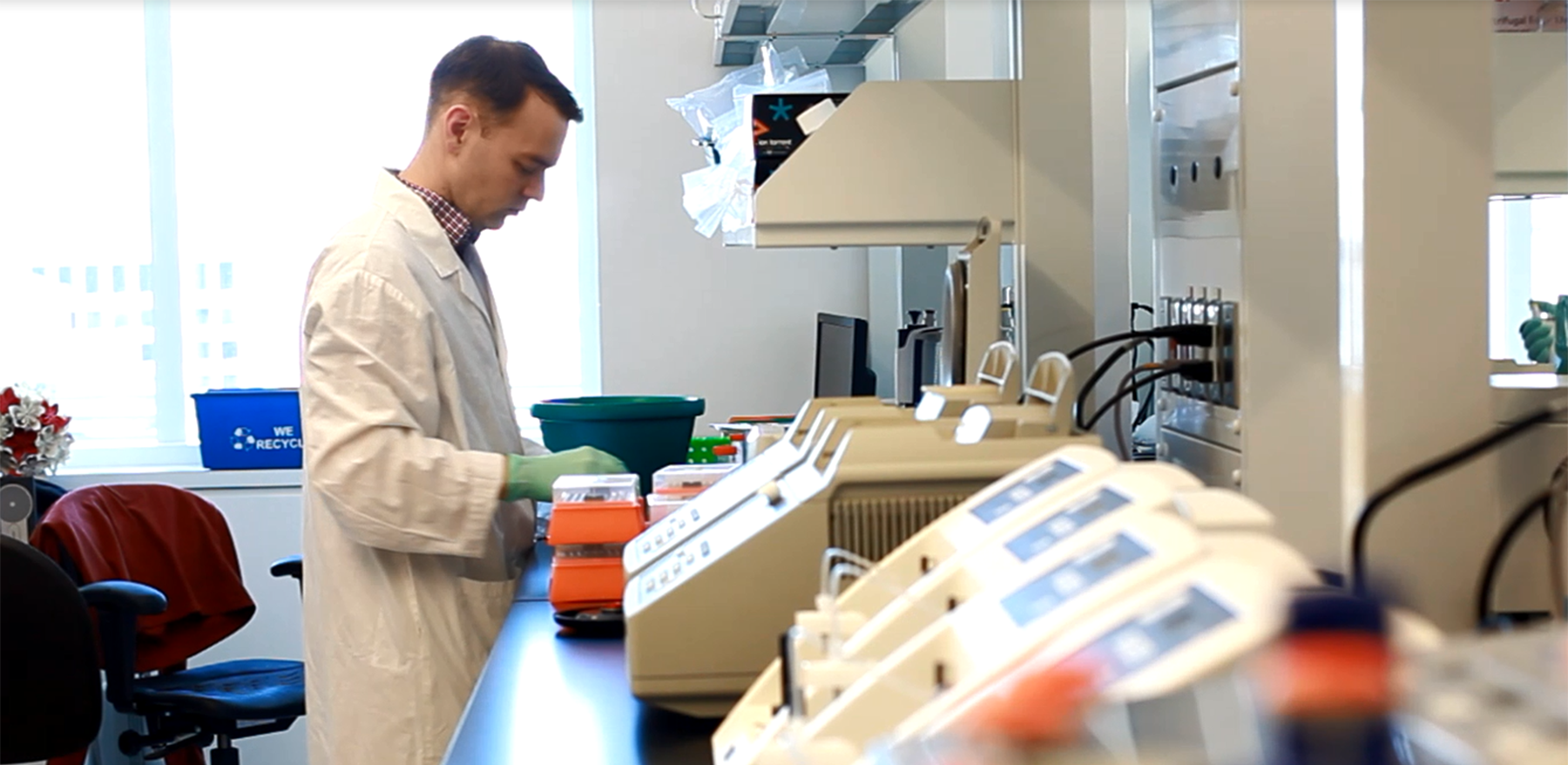Pre-Clinical Platform
Platform Leader: Michael Fehlings
Team Members: Cindi Morshead, Derek van der Kooy, Mark Henkelman & Ravi Menon

Basic scientific and animal research is helping us discern the underlying brain mechanisms that cause or increase the risk of developing cerebral palsy, investigate novel treatment strategies, and gain a better understanding of how and why current therapies work.
Molecular and cellular mechanisms of CIMT
Constraint Induced Movement Therapy (CIMT) is a proven treatment for children with hemiplegic CP to help gain more functioning in their affected arm and hand. In CIMT, the dominant arm is constrained (put in a cast or splint) to force the child to use the hemiplegic arm. We know this works with both children and adults who have one-sided weakness because it forces the brain to re-wire to improve the arm’s function. The brain’s ability to re-wire is called “plasticity” and we do not fully understand how the brain accomplishes this re-wiring,or who responds best to CIMT intervention.
In this study, using animal models and stem cells, we are researching the basic mechanisms of how CIMT benefits children with hemiplegic CP. Using MRI images of the brain, we will look at brain changes in mice that have received CIMT. The mice studies will also help us understand how brain cells re-wire and regenerate after receiving CIMT therapy. Another theme we are investigating is the use of pharmaceutical drugs that are meant to maximize the benefit of CIMT.
Stem Cell Regeneration
Despite the common use of CIMT, researchers poorly understand how it works (it's mechanism of action). Using established rodent models of hemiplegic CP; researchers have been able to study how to improve CIMT with stem cell based regenerative approaches. The researchers have three main hypothesises:
- CIMT stimulates stem/precursor cells already present in the brain to generate new cells in the brain.
- Added (exogenous) stem/precursor cells can enhance recovery and improve efficacy of CIMT.
- Pharmacological drugs can help stimulate stem/precursor cells already present in the brain to enhance recovery and improve efficacy of CIMT.
Inflammatory Mechanisms
Inflammation can affect the brain. And this brain inflammation may be associated with the development of CP. However, we don’t have a good understand of how this happens. Researchers are uncovering the mechanisms of how inflammation in the brain is related to CP using mice. Researchers are also investigating how to modulate these mechanisms with treatment (using an inflammatory antibody called IgG). Researchers think that IgG will reduce inflammation following injury to the brain and promote recovery in CP. To test this, the effects of IgG on mouse models developing CP are being studied.
